10 best things to do or see when travelling
the Nullarbor Plain
Stretching across the southern edge of Australia, the Nullarbor Plain offers a unique road trip experience. From stunning coastal views to quirky attractions, there’s more to this vast expanse than meets the eye. Let’s explore the top 10 things to do and see while traversing the Eyre Highway on this unforgettable journey.
1. Penong Windmills: A unique outdoor museum
At the eastern edge of the Nullarbor Plain, travellers can’t miss the Penong Windmills. This outdoor museum showcases a collection of windmills that played a crucial role in the town’s history. The towering structures create a striking visual against the blue sky and flat landscape, offering a perfect photo opportunity for road trippers.
2. Bunda Cliffs: Standing on the edge of Australia
One of the most breathtaking sights along the Nullarbor Plain is the Bunda Cliffs. These towering sea cliffs offer spectacular views of the Great Australian Bight. Visitors can stop at several lookout points to marvel at the sheer drop and expansive ocean views. The Bunda Cliffs stretch for kilometres, providing numerous opportunities to appreciate this natural wonder.
3. Whale watching at head of the Bight
Between June and September, the Head of the Bight becomes a prime whale watching spot. Southern right whales and humpback whales gather in the protected bays to calve and nurse their young. The Head of the Bight Whale Watching Centre provides an excellent vantage point for observing these majestic creatures in their natural habitat.
4. Teeing off on the world’s longest golf course
Golf enthusiasts won’t want to miss the chance to play a round on the Nullarbor Links. This unique golf course stretches over 1,300 kilometres, with holes at various roadhouses and towns along the Nullarbor Plain. Even non-golfers can enjoy the experience, as each hole tells a story about the local history and landscape.
5. Exploring the Eucla Telegraph Station ruins
A stop at Eucla reveals the haunting ruins of the old telegraph station. This historic site offers a glimpse into the region’s past and the challenges faced by early settlers. The sight of the building slowly being reclaimed by sand dunes creates a poignant atmosphere, perfect for reflection and photography.
6. Nullarbor Roadhouse: More than just a pit stop
The Nullarbor Roadhouse serves as a central hub for travellers crossing the plain. Beyond offering fuel and accommodation, it’s also home to a replica of the original roadhouse and informative murals depicting the area’s history. Golf enthusiasts can play the “Dingos Den” hole of the Nullarbor Links here, making it a multifaceted stop on the journey.
7. Underground Wonders: Caves and Blowholes
The Nullarbor Plain’s limestone foundation has given rise to a network of caves and blowholes. While some caves require venturing off the main road, travelers can easily visit the Caiguna Blowhole. This natural phenomenon “breathes” as air pressure equalizes between the underground caverns and the surface, offering a unique sensory experience.
8. Stargazing in the Vast Nullarbor Sky
As night falls on the Nullarbor Plain, travellers are treated to an unforgettable celestial display. The vast, unobstructed sky reveals countless stars, offering a spectacular natural light show. Many visitors find that stargazing on the Nullarbor is an awe-inspiring experience that puts the journey into perspective.
9. Iconic road signs and photo opportunities
Throughout the Nullarbor Plain journey, travellers will encounter numerous iconic road signs. From warnings about wildlife to indicators of the famous 90 Mile Straight, these signs have become popular photo spots. Capturing these moments adds a fun, documentary aspect to the road trip experience.
10. Wildlife encounters on the Nullarbor
While driving across the Nullarbor Plain, keep an eye out for native wildlife. Kangaroos, emus, and wedge-tailed eagles are common sights. Early mornings and late afternoons are the best times for wildlife spotting, but always drive cautiously, especially during these peak animal activity periods.
Embracing the Nullarbor Experience
Traveling across the Nullarbor Plain is more than just a long drive; it’s an adventure that showcases the raw beauty of the Australian landscape. From the towering Bunda Cliffs to the starry night skies, each experience along the way contributes to an unforgettable journey. Whether you’re a nature enthusiast, a history buff, or simply seeking a unique road trip, the Nullarbor Plain offers something for everyone.
As you plan your Nullarbor adventure, remember that the journey itself is just as important as the destination. Embrace the vastness, appreciate the subtle changes in scenery, and take the time to explore the hidden gems along this iconic Australian route. The Nullarbor Plain may have once been described as a “blot on the face of nature,” but today, it stands as a symbol of the diverse and captivating beauty of the Australian outback.


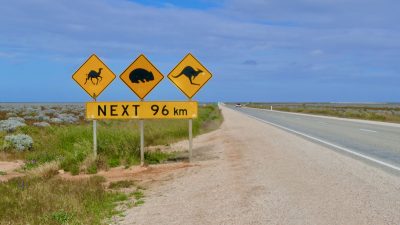
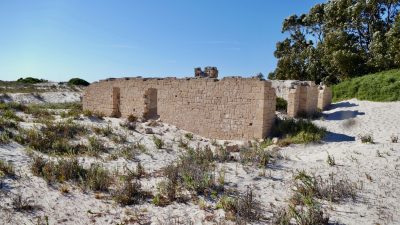
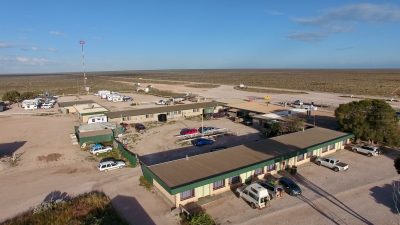

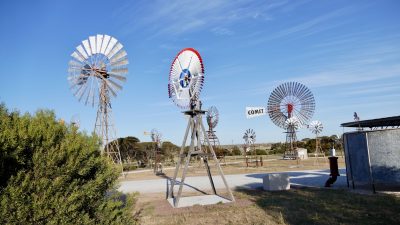

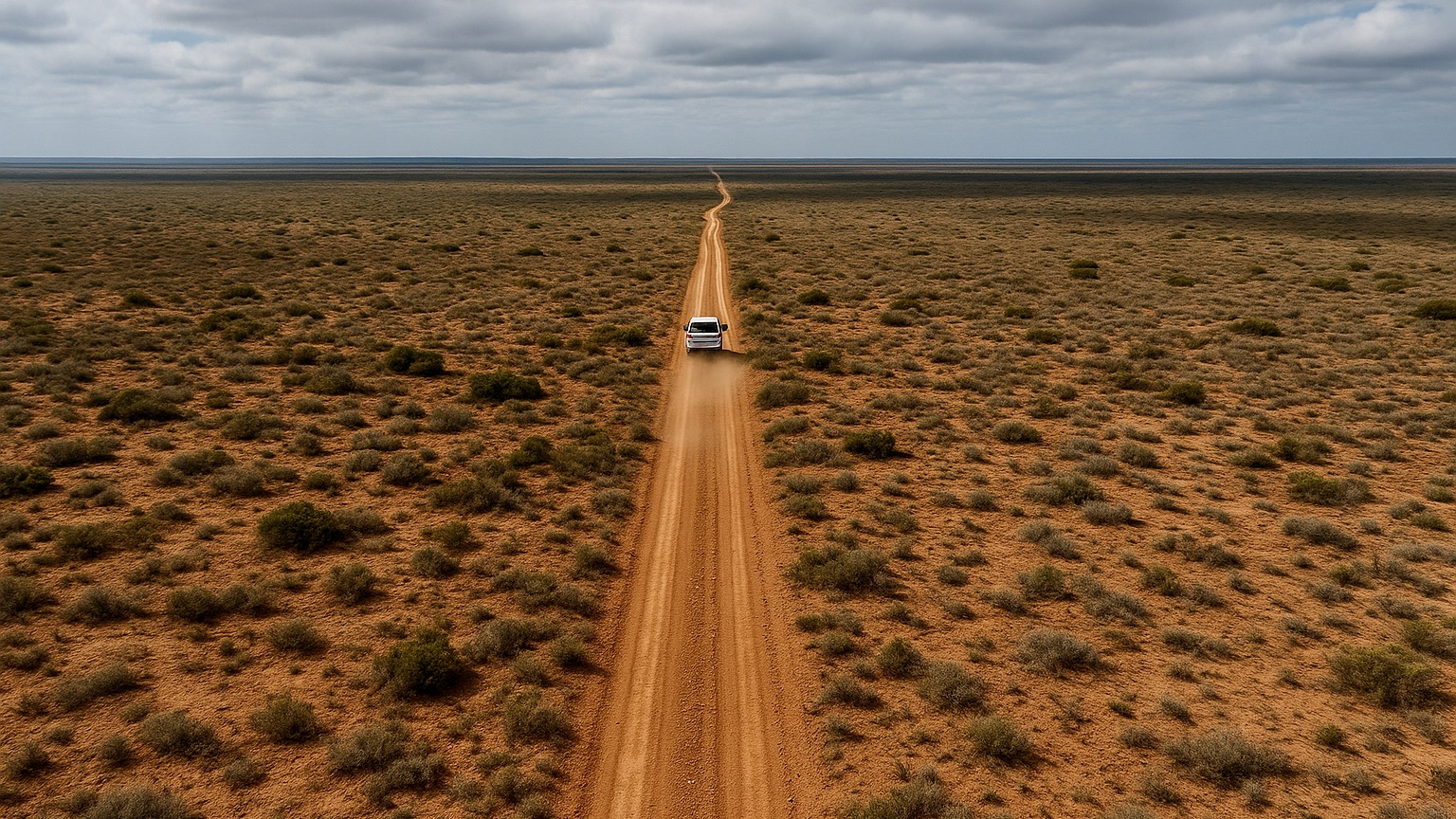

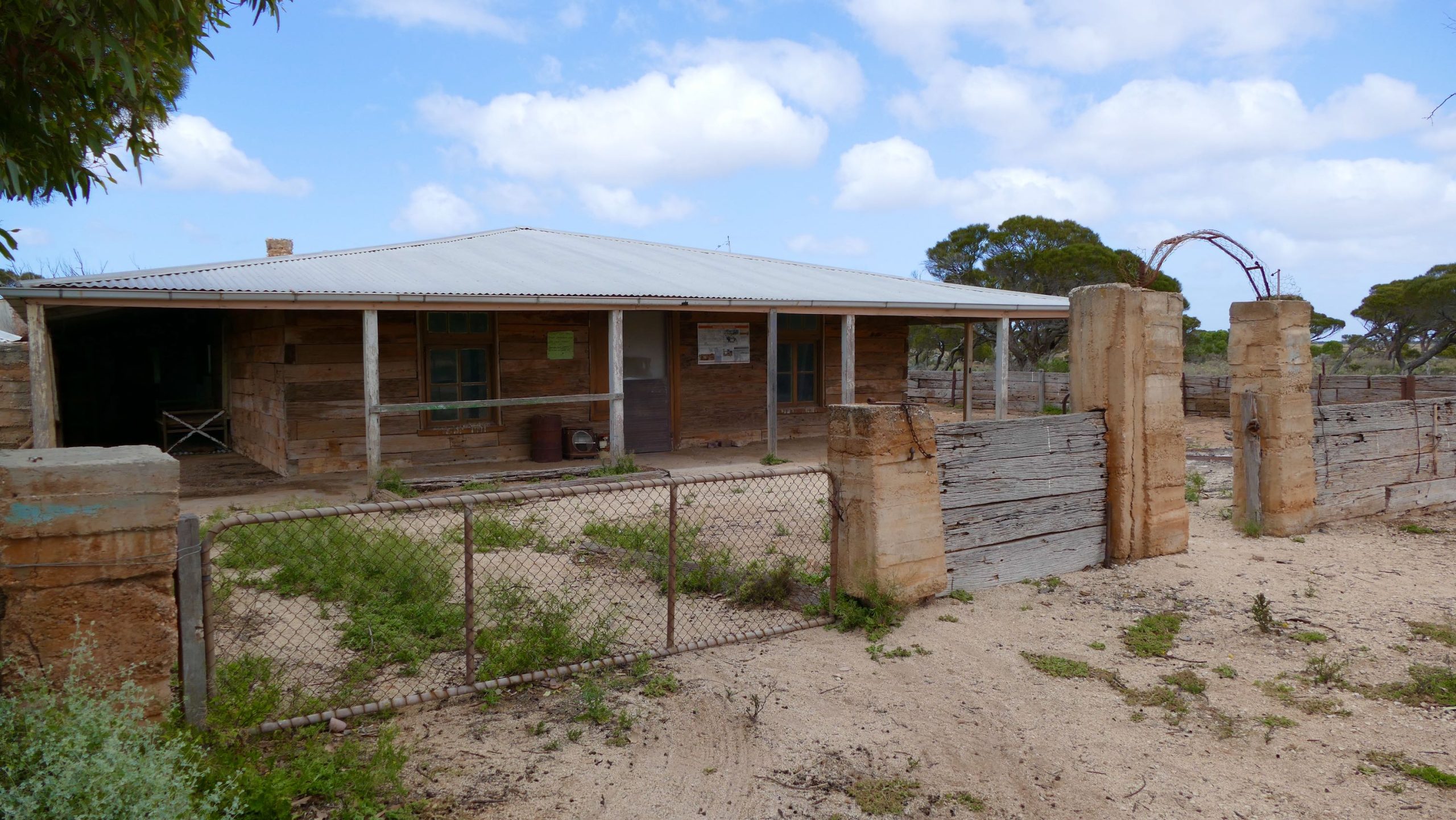
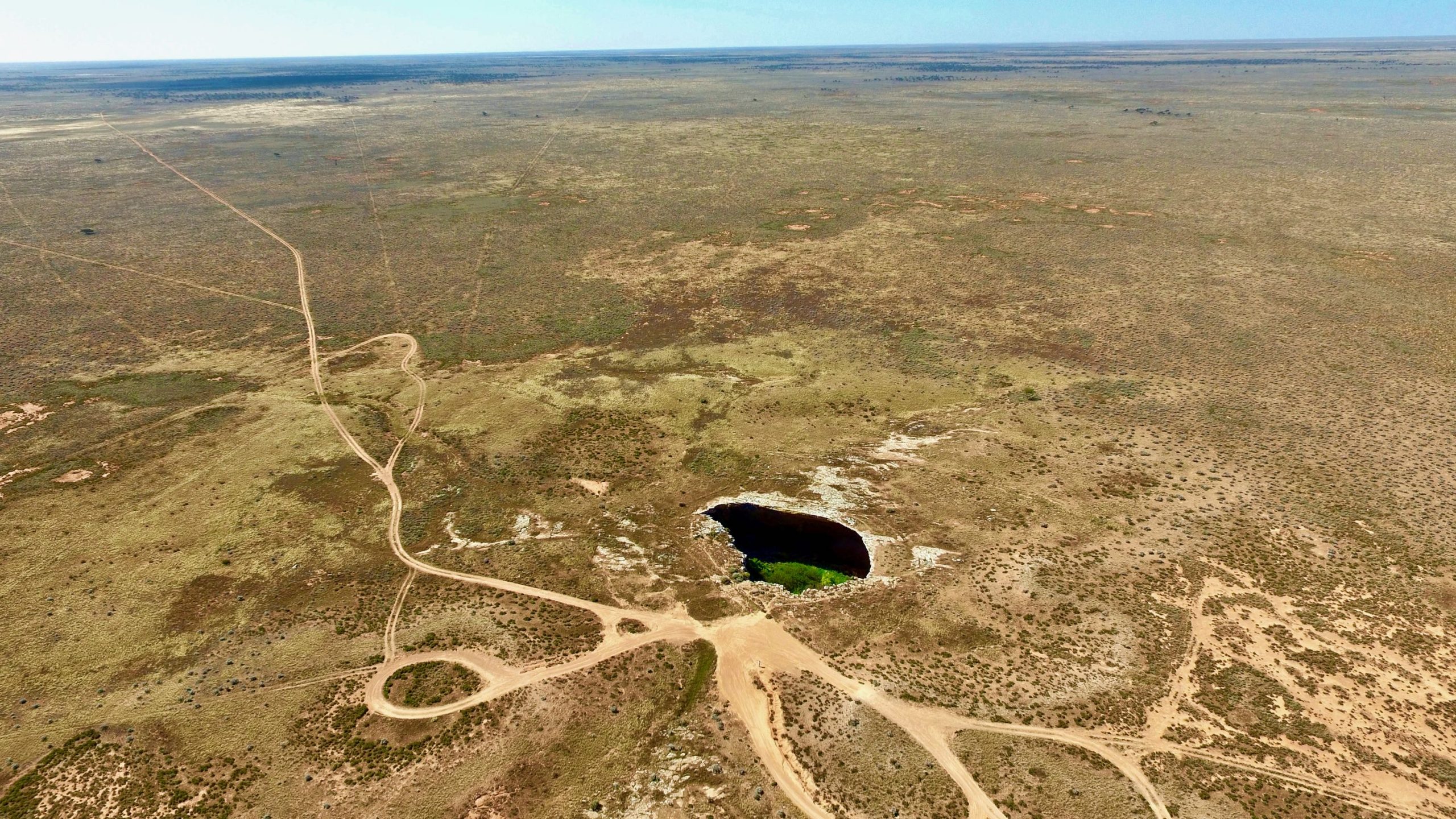
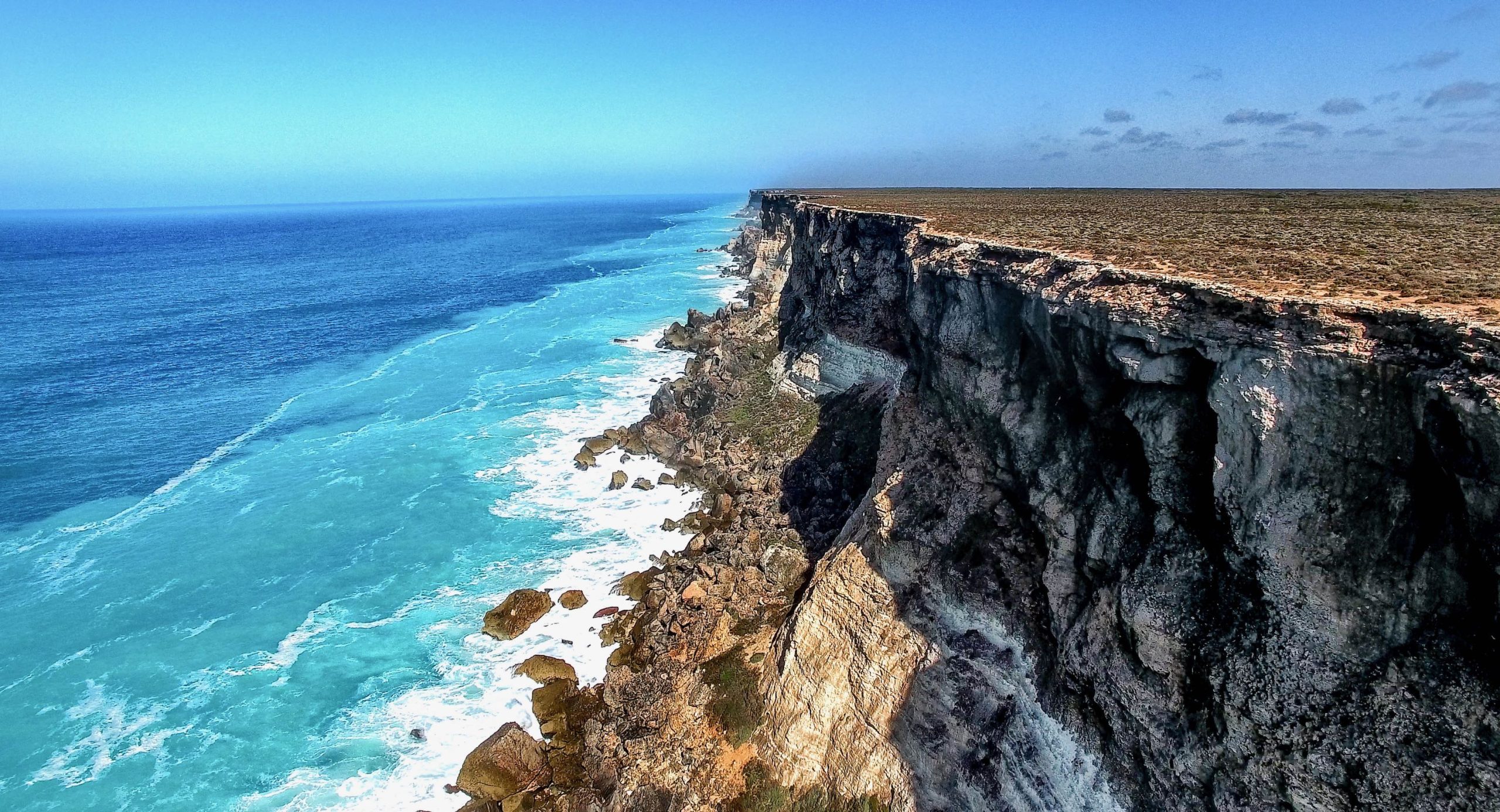
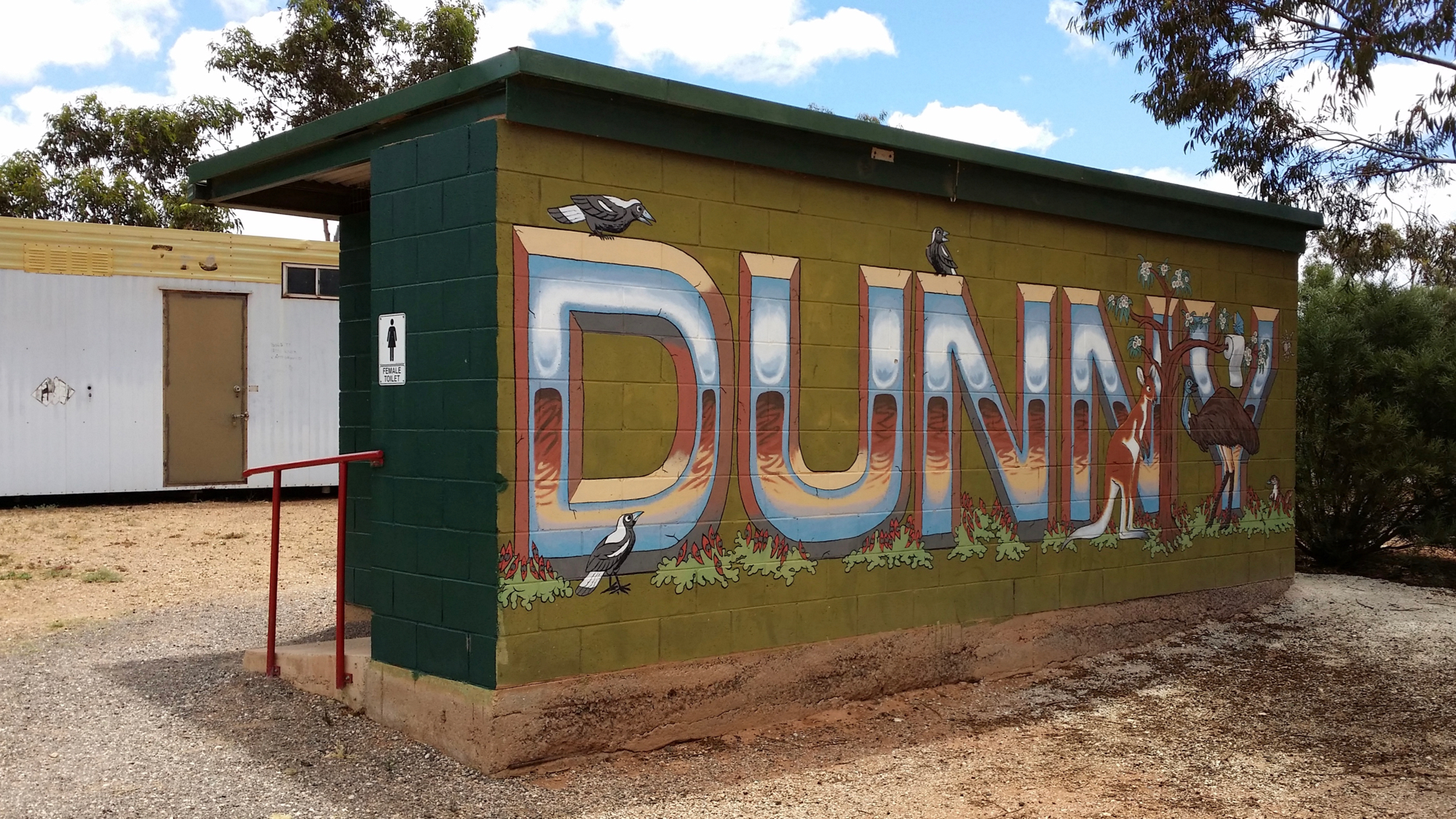
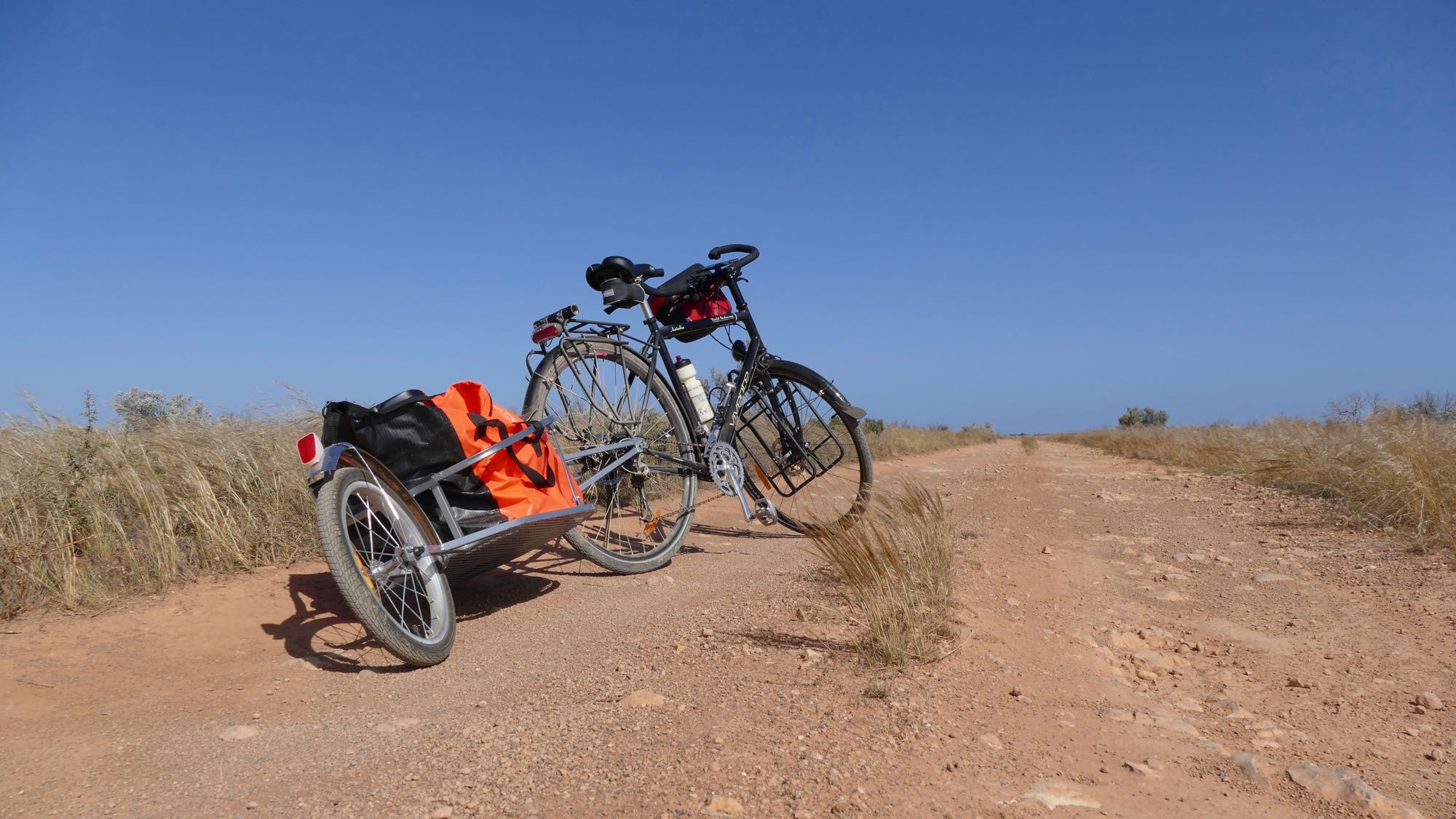

Leave A Comment